30L 50L 80L Hopback in Brewery
- Apr 13, 2024
- 167
- tiantai
The hopback, also known as a hopback vessel or hopback chamber, plays a crucial role in the brewery by enhancing the aroma and flavor of beer through the addition of hops. Its primary function is to infuse the wort (unfermented beer) with hop oils and aroma compounds just before it enters the fermentation vessel. Here are the key functions of a hopback in a brewery:
1.) Aroma Enhancement: The hopback is strategically placed in the brewing process after the wort has been boiled and before it is cooled down. During this stage, hot wort is passed through the hopback chamber filled with whole cone hops or hop pellets. As the hot wort flows through the hopback, it extracts essential oils and volatile aroma compounds from the hops, infusing the beer with distinctive hop aromas.
2.) Flavor Addition: In addition to enhancing aroma, the hopback also contributes to the flavor profile of the beer. The hop oils and compounds extracted during the passage through the hopback add complexity and depth to the beer's flavor, imparting characteristics such as floral, citrus, piney, or herbal notes, depending on the hop varieties used.
3.) Clarification: While not its primary function, the hopback can also act as a clarifying agent by trapping hop particulates and protein compounds from the wort. This can result in a clearer beer as it progresses through subsequent stages of the brewing process.
4.) Preservation: The antimicrobial properties of hops can help inhibit the growth of undesirable microorganisms in the wort, thus contributing to the preservation of beer quality and stability.
Overall, the hopback is an essential piece of equipment in many breweries, especially those focused on crafting hop-forward beers like India Pale Ales (IPAs) and other hoppy styles. It allows brewers to maximize the flavor and aroma contributions of hops, creating distinctive and memorable brews.
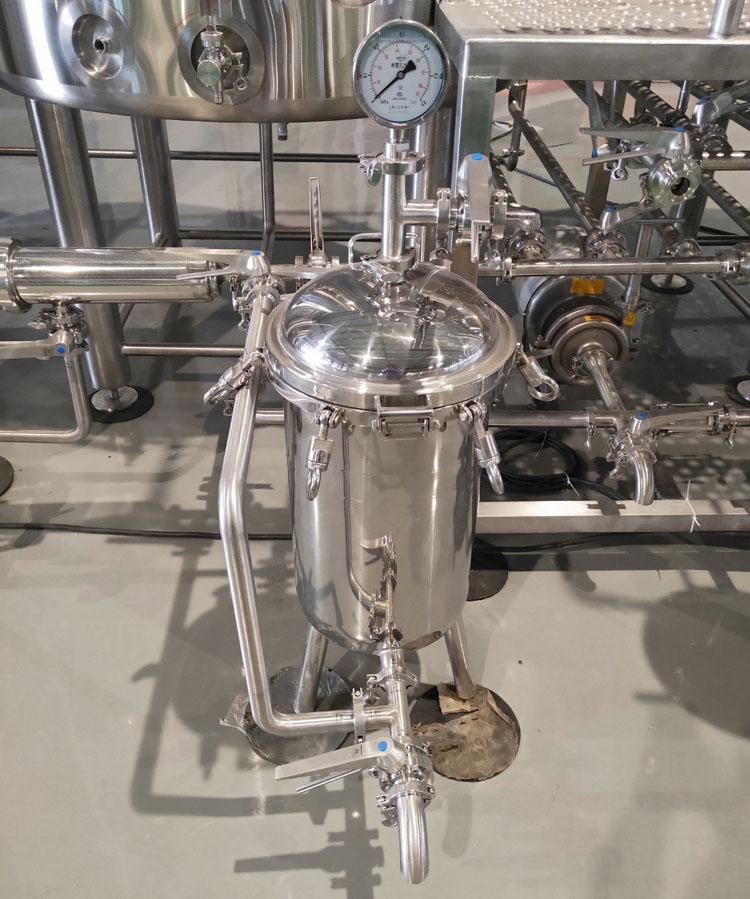
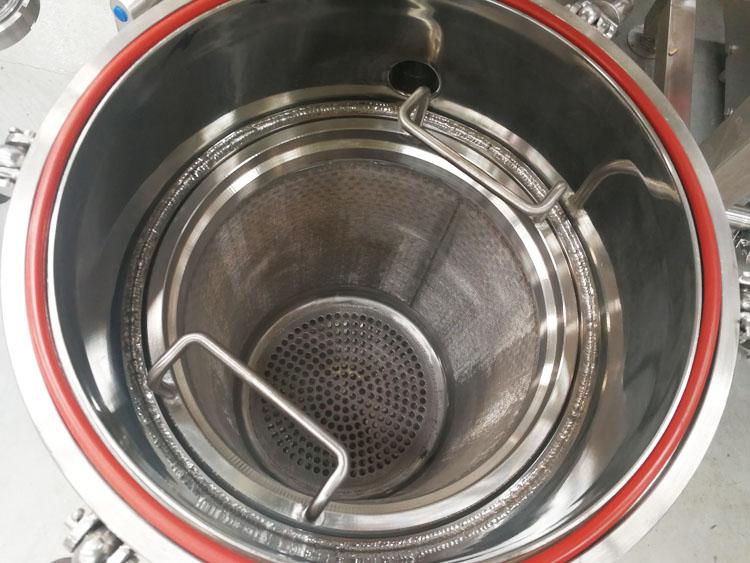
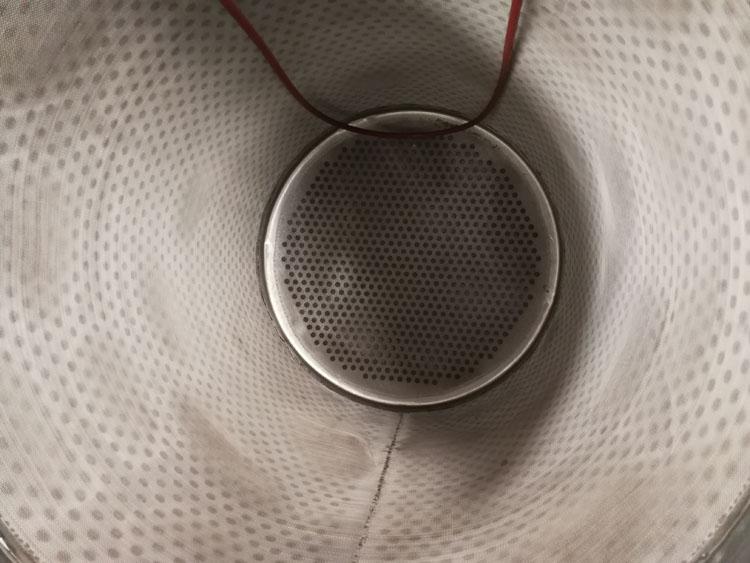
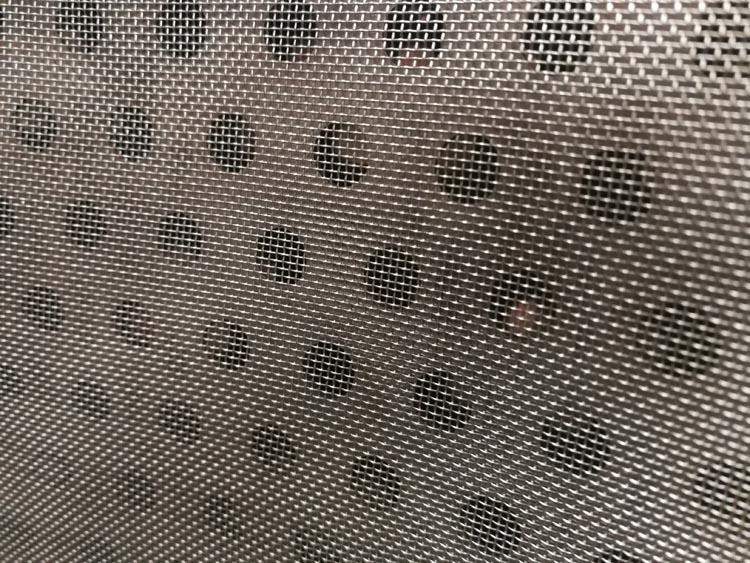
1.) Aroma Enhancement: The hopback is strategically placed in the brewing process after the wort has been boiled and before it is cooled down. During this stage, hot wort is passed through the hopback chamber filled with whole cone hops or hop pellets. As the hot wort flows through the hopback, it extracts essential oils and volatile aroma compounds from the hops, infusing the beer with distinctive hop aromas.
2.) Flavor Addition: In addition to enhancing aroma, the hopback also contributes to the flavor profile of the beer. The hop oils and compounds extracted during the passage through the hopback add complexity and depth to the beer's flavor, imparting characteristics such as floral, citrus, piney, or herbal notes, depending on the hop varieties used.
3.) Clarification: While not its primary function, the hopback can also act as a clarifying agent by trapping hop particulates and protein compounds from the wort. This can result in a clearer beer as it progresses through subsequent stages of the brewing process.
4.) Preservation: The antimicrobial properties of hops can help inhibit the growth of undesirable microorganisms in the wort, thus contributing to the preservation of beer quality and stability.
Overall, the hopback is an essential piece of equipment in many breweries, especially those focused on crafting hop-forward beers like India Pale Ales (IPAs) and other hoppy styles. It allows brewers to maximize the flavor and aroma contributions of hops, creating distinctive and memorable brews.





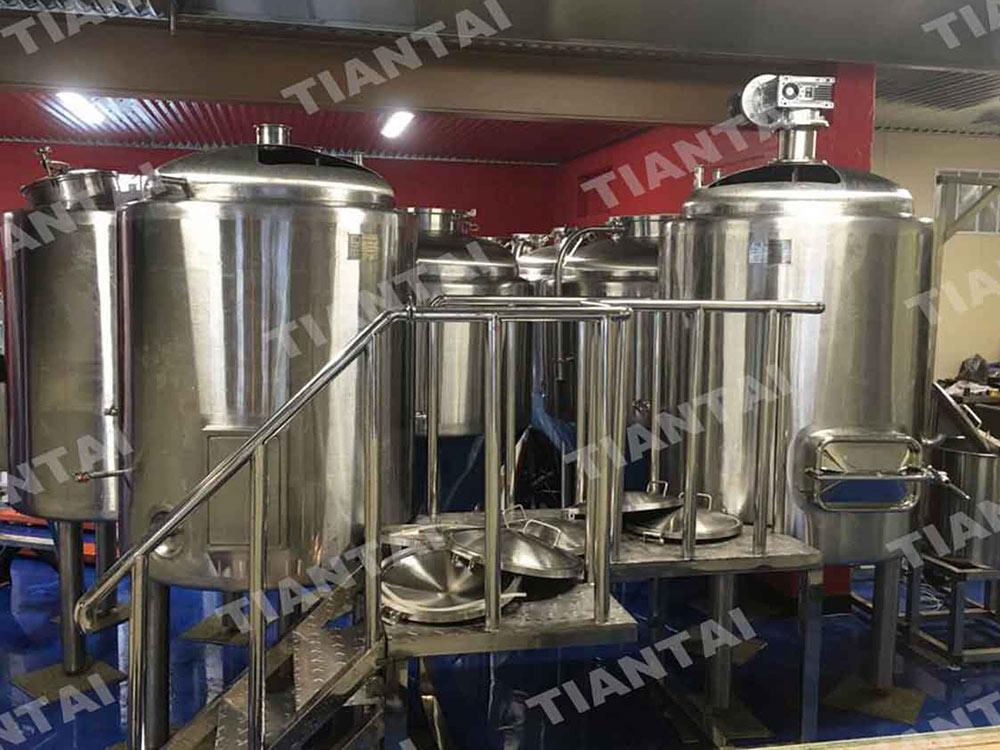
.jpg)

